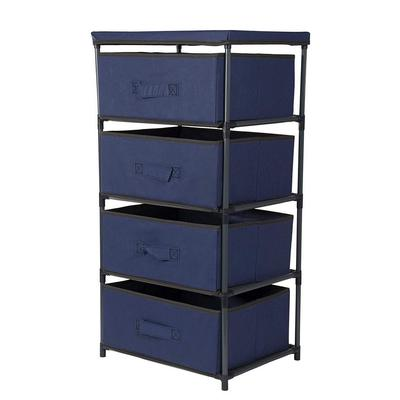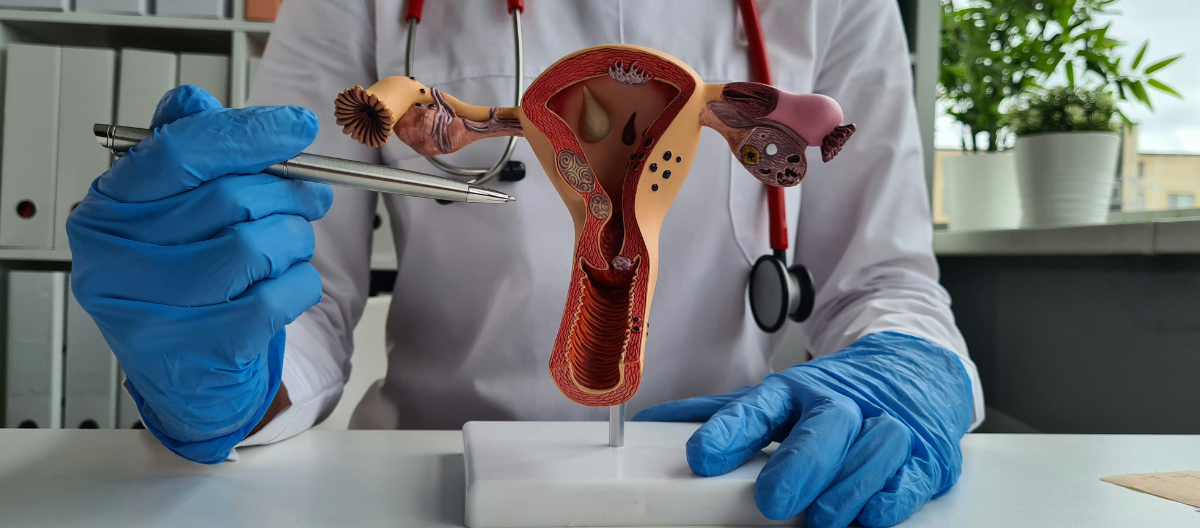Hey Diva dressing fans! When the items we love coincide with brands we work with, Diva dressing will use Paid Links in our articles. If you decide to click on these links and purchase the product, we get a small commission. Our Opinions Are Our Own, but we do add Paid Links as a way to offer these products at no added cost to our readers. Want to know more? Click Here to check out our Terms of Use anytime!
Uterine fibroids, also known as leiomyomas, are non-cancerous growths that develop in or around the uterus, affecting millions of women worldwide. These benign tumors are especially common in women of reproductive age and, while not life-threatening, they can cause significant discomfort, pain, and complications. In fact, uterine fibroids are one of the most frequent reasons for gynecological visits, and they disproportionately affect Black women, who often develop larger and more numerous fibroids at a younger age.
Understanding uterine fibroids is critical, as they can severely impact a woman’s quality of life and even lead to complications such as fertility issues or anemia. Fortunately, a variety of treatment options are available to manage symptoms and prevent complications. Early diagnosis and proactive treatment are essential to addressing this widespread health condition.
Uterine fibroids are abnormal growths made of muscle and fibrous tissue that develop in the uterus. They can vary greatly in size, from tiny, undetectable growths to large masses that can distort the uterus. Some women may have a single fibroid, while others can develop multiple growths.
There are different types of fibroids based on their location:
- Intramural fibroids: The most common type, growing within the muscular wall of the uterus.
- Submucosal fibroids: Develop just beneath the lining of the uterus and may protrude into the uterine cavity, often causing heavy bleeding.
- Subserosal fibroids: Grow on the outer wall of the uterus and may press on surrounding organs, such as the bladder or intestines.
Fibroids are incredibly common; it is estimated that up to 70–80% of women will develop fibroids by the time they reach age 50. Although the exact cause of fibroids is unknown, several risk factors increase the likelihood of developing them:
- Age: Fibroids are most common in women in their 30s and 40s but can develop at any age.
- Race: Black women are more likely to develop fibroids and experience more severe symptoms.
- Family history: Women with a family history of fibroids are at a higher risk.
- Hormonal factors: Estrogen and progesterone levels influence fibroid growth, which is why fibroids often shrink after menopause when hormone levels decrease.
Symptoms and Complications
While many women with fibroids may not experience any symptoms, others suffer from a variety of discomforts and complications, depending on the size, location, and number of fibroids.
Common symptoms include:
- Heavy menstrual bleeding: Fibroids can cause prolonged and abnormally heavy periods, leading to anemia (a shortage of red blood cells) and fatigue.
- Pelvic pain and pressure: Large fibroids may create a constant feeling of pressure or heaviness in the lower abdomen. Pain may worsen during menstruation or sexual intercourse.
- Frequent urination or urinary problems: When fibroids press on the bladder, women may feel the need to urinate more frequently or may have difficulty emptying the bladder completely.
- Constipation: Fibroids pressing against the intestines can cause digestive problems, including constipation or bloating.
- Back or leg pain: Depending on the size and location, fibroids can press on nerves, leading to radiating pain in the lower back or legs.
In addition to these symptoms, uterine fibroids can lead to more serious complications:
- Fertility issues: Although many women with fibroids can conceive, fibroids can sometimes interfere with implantation or cause miscarriages, depending on their size and location.
- Pregnancy complications: Fibroids may increase the risk of preterm labor, cesarean delivery, or heavy postpartum bleeding.
- Severe anemia: Chronic heavy bleeding can lead to iron-deficiency anemia, causing extreme fatigue, dizziness, and weakness.
Women should seek medical attention if they experience persistent symptoms, such as heavy or painful periods, pelvic pain, or difficulty with urination or bowel movements. Early diagnosis can help prevent more serious complications.
Impact on Women’s Quality of Life
Uterine fibroids can significantly diminish a woman’s quality of life, especially when symptoms are severe. The physical effects, including chronic pain, bloating, and fatigue, can make it difficult to perform daily activities or maintain a regular work schedule. Many women with fibroids report missing work due to the debilitating pain or the need for frequent medical appointments.
Emotionally, dealing with fibroids can also take a toll. Many women experience anxiety or depression related to their symptoms, particularly when fibroids interfere with sexual intimacy or fertility. The uncertainty surrounding treatment options and the potential need for surgery can exacerbate these emotional challenges.
The psychological and emotional burden of fibroids, combined with the physical symptoms, can make it difficult for women to engage fully in their personal and professional lives, leading to a cycle of distress and frustration.
Treatment Options
Fortunately, there are a variety of treatment options available to manage uterine fibroids. The appropriate treatment depends on the severity of symptoms, the size and location of the fibroids, and the woman’s desire to preserve fertility.
Medications: Hormonal treatments, such as birth control pills or gonadotropin-releasing hormone (GnRH) agonists, can help regulate menstrual bleeding and shrink fibroids. Non-hormonal medications, like NSAIDs, can help manage pain and reduce inflammation.
Non-surgical interventions: Uterine artery embolization (UAE) is a minimally invasive procedure that cuts off the blood supply to fibroids, causing them to shrink over time.
Surgical options:
- Myomectomy: This procedure removes the fibroids while preserving the uterus, making it a good option for women who want to maintain fertility.
- Hysterectomy: For women who are not concerned about preserving fertility, a hysterectomy (removal of the uterus) is a definitive treatment option, as it eliminates the fibroids entirely.
Here are some products you can try
Foldable Clothes Drawer Organizer for Underwear $117.78

Juvale 4-Layered Storage Bin Cabinet Drawer for Clothing, Underwear, Documents $41.39

4Pcs Drawer Organizer Set for Clothes and Underwear $24.74



